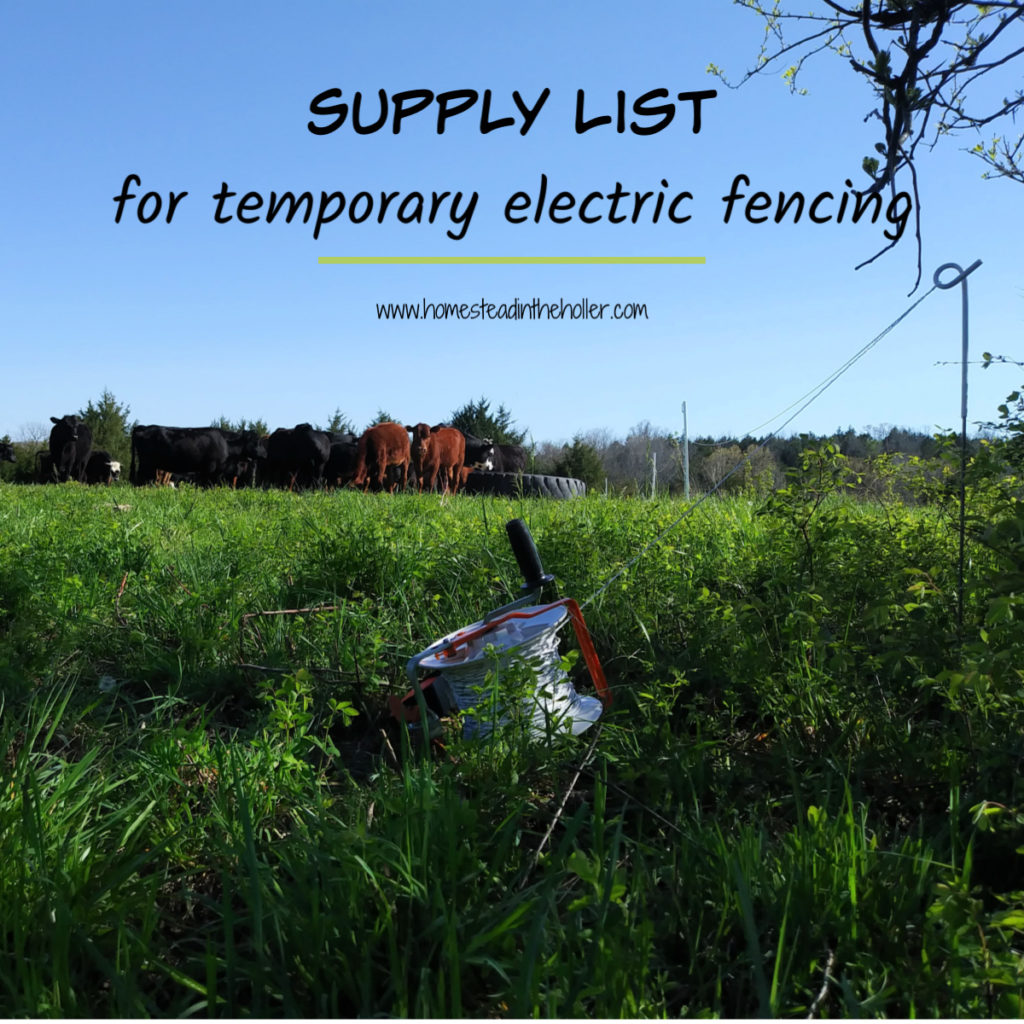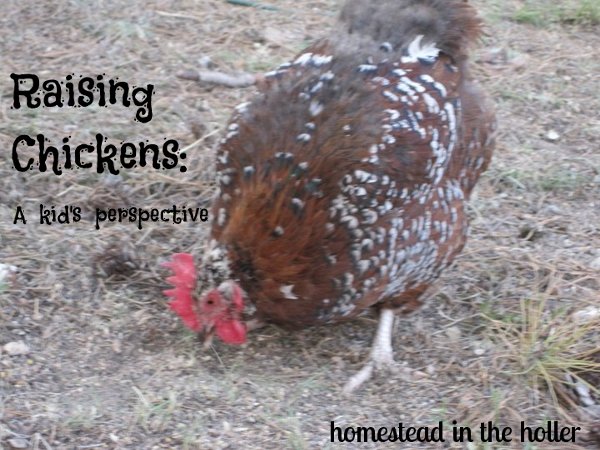Homestead in the Holler is a participant in the Amazon Services LLC Associates Program, an affiliate advertising program designed to provide a means for sites to earn advertising fees by advertising and linking to amazon.com.
It’s the time of year when you start seeing lambs and goat kids for sale as bottle babies on Craigslist at low prices. They are so CUTE!! But before you make a spontaneous buy and come home with a 2 day old lamb, there are some realities to having bottle babies that we need to discuss.
What are you getting?
First, it’s important to know what you are getting, when you decide to purchase a bottle baby. There could be several reasons why this little baby is for sale. It could be a large goat dairy that wants to start milking the goats without the babies getting in the way, the mom could have rejected the baby, the lamb or kid seems weak or it’s simply a boy. The good deal means that they’re trying to get rid of this cute little lamb or goat kid as soon as possible.
Why on earth would someone want to be rid of an adorable little bottle baby??

Hi! Around here I wear many hats. Homesteader, farmer, homemaker, homeschool mom, gardener and builder. We strive for a simple, self-sufficient life on our little piece of paradise. Read more











